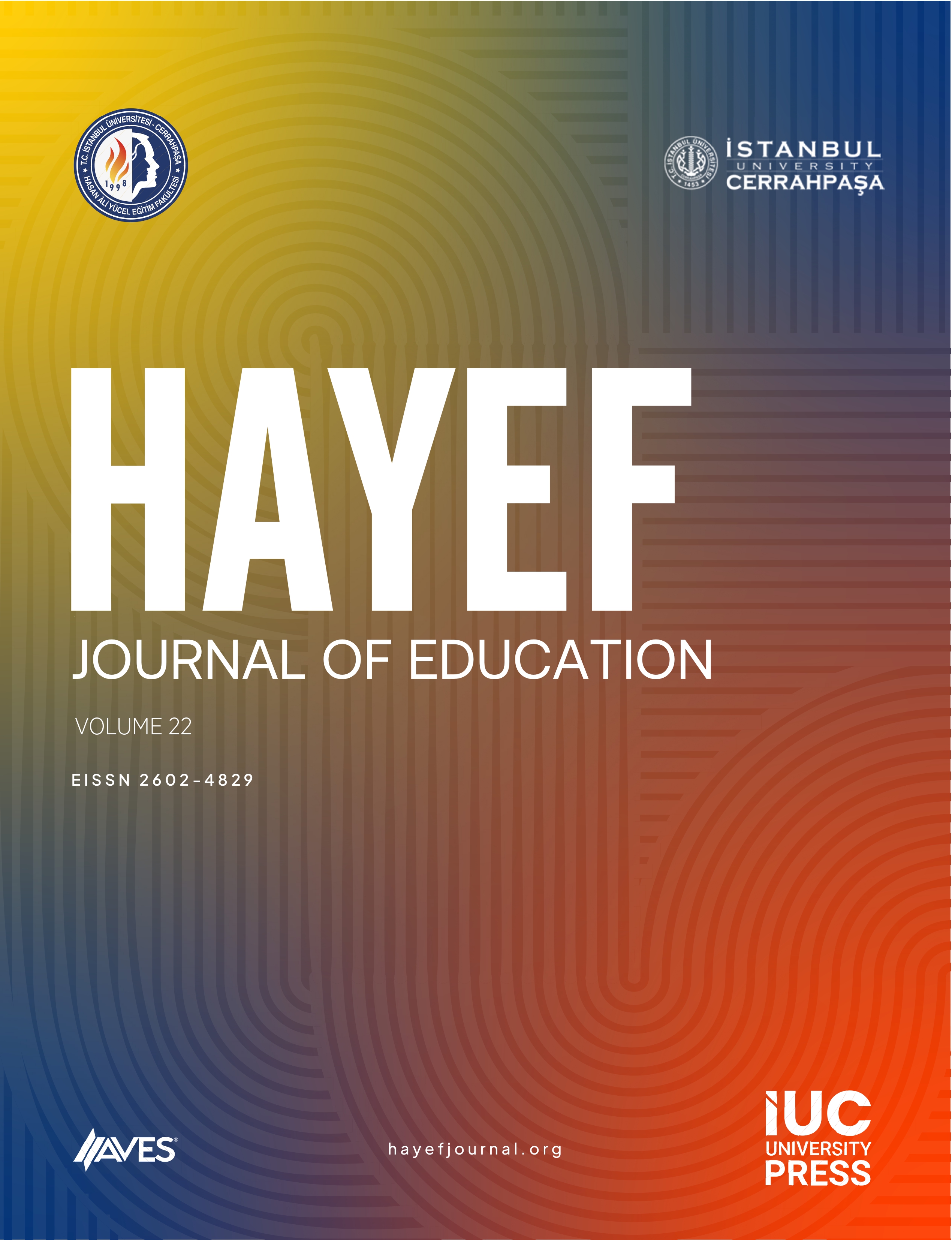The motor development of children can be influenced by their environmental and cultural contexts, and the degree of this impact may become evident through motor assessment. This paper reports a study guided by the research question: What is the motor performance level of Saudi children compared to that reflected in the BOT-2 US norms? Male and female Saudi children (n = 188) in first, third, and fifth grades in eight government schools in and around Taif City were assessed using the long form of the Bruininks-Oseretsky test of motor proficiency second edition. Data analysis revealed that the Saudi sample across gender and age groups, typically performed skills at a level significantly below the US norms. Findings provide confirmation of consistent patterns identified in previous studies that appear to characterize the motor development of children in Arabic-speaking countries. Findings also strengthen the case for the Bruininks-Oseretsky test of motor proficiency second edition being a reliable instrument for assessing the motor performance of Saudi children.



